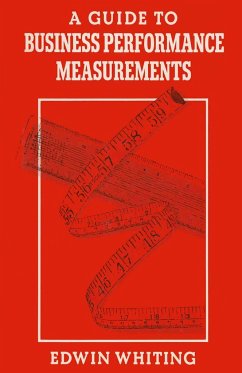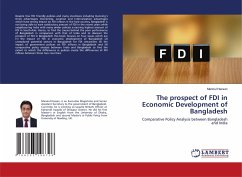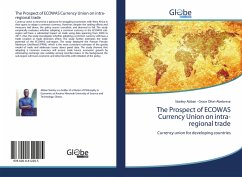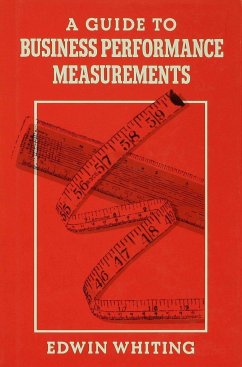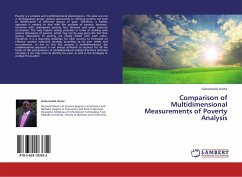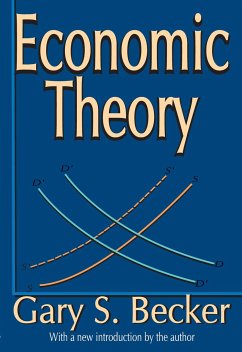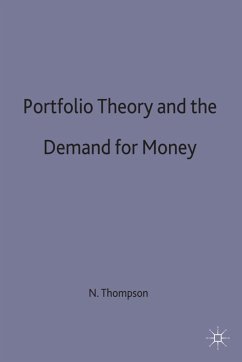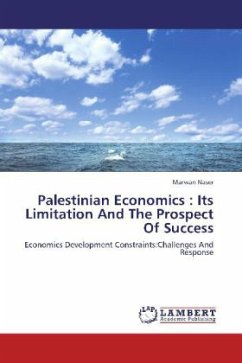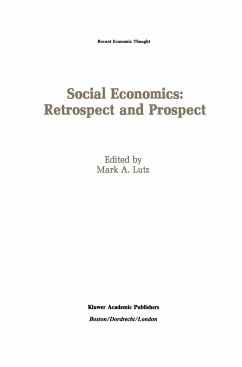
Reconciling utility measurements through prospect theory
An experimental investigation
Versandkostenfrei!
Versandfertig in 6-10 Tagen
45,99 €
inkl. MwSt.

PAYBACK Punkte
23 °P sammeln!
The effects of probability transformation on the elicitation of utilities under risk and under certainty are investigated. It has been observed in experiments with results counter to Expected Utility Theory (EUT) that the utility function is dependent on the method used for its elicitation. The problem resides in that assessment methods generally used do not take into account such transformation. The relationship between riskless and risky utilities is also investigated. Riskless utilities have been regarded as a different concept than risky ones. An experiment where choice-based utilities are...
The effects of probability transformation on the elicitation of utilities under risk and under certainty are investigated. It has been observed in experiments with results counter to Expected Utility Theory (EUT) that the utility function is dependent on the method used for its elicitation. The problem resides in that assessment methods generally used do not take into account such transformation. The relationship between riskless and risky utilities is also investigated. Riskless utilities have been regarded as a different concept than risky ones. An experiment where choice-based utilities are derived from choices and choiceless utilities from strength of preference judgments is carried out. The inconsistencies found are corrected through Prospect Theory (PT). Risky and riskless utilities seem to coincide when probability transformation is taken into account. We suspect that the differences found in previous experiments are partly due to the assumption of EUT. By bringing together these two utilities through PT the revealed-preference approach is reinforced. These results suggest that we could use riskless utilities in situations where risky utilities are difficult to obtain.



